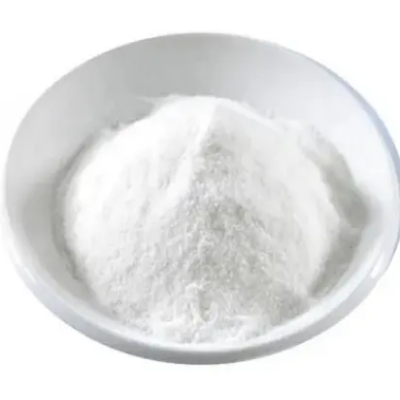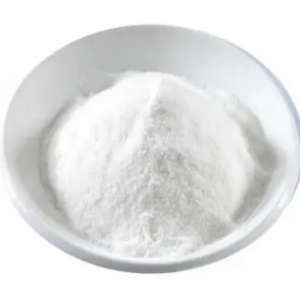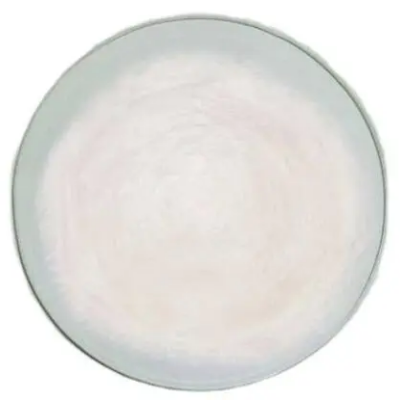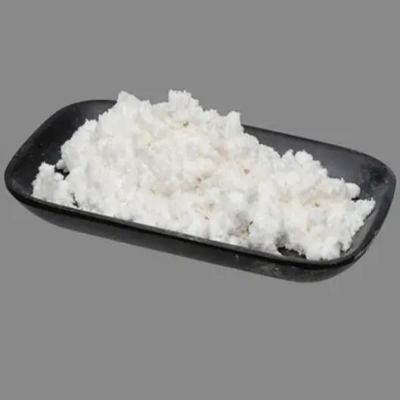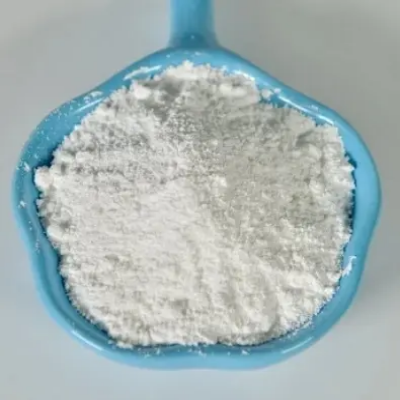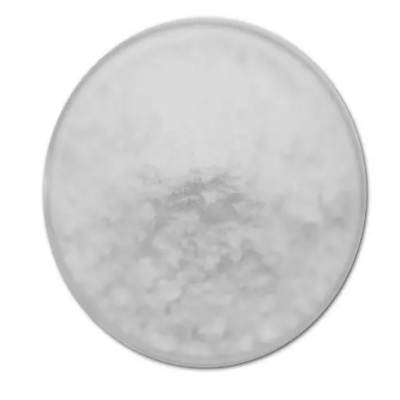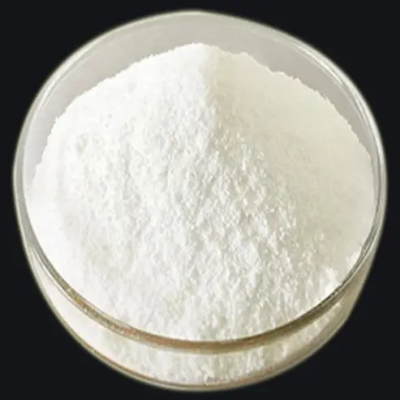(S)-(+)-GLYCIDYL PHTHALIMIDE CAS:161596-47-0
The synthesis of (S)-(+)-Glycidyl Phthalimide involves advanced organic reactions, starting with commercially available precursors. The process typically begins with the formation of the glycidyl ring, followed by the incorporation of the phthalimide group. These steps require careful control over reaction conditions to ensure the correct stereochemistry and high purity of the final product. Synthetic Routes The synthesis starts with the preparation of the glycidyl moiety through cyclization reactions, essential for establishing the epoxide structure. Following this, the phthalimide group is introduced, with specific reagents and conditions needed to achieve the desired stereochemistry and functionality. Chemical Properties and Reactivity The complex structure of (S)-(+)-Glycidyl Phthalimide imparts unique chemical properties, influencing its reactivity and interactions with biological systems. Understanding these properties is vital for leveraging its potential in medicinal chemistry, particularly in designing compounds with specific biological activities. Biological and Pharmacological Significance (S)-(+)-Glycidyl Phthalimide is of significant interest in pharmacology due to its potential as a scaffold for developing molecules that target particular biological receptors or enzymes. Investigating its interactions with biological targets is essential for assessing its pharmacological profile and potential therapeutic applications. Applications in Medicinal Chemistry As an intermediate, (S)-(+)-Glycidyl Phthalimide facilitates the synthesis of derivatives with customized properties. Alterations around the glycidyl and phthalimide moieties can affect bioactivity, solubility, and metabolic stability, which are crucial for the development of new drugs. Conclusion (S)-(+)-Glycidyl Phthalimide is a prominent compound in medicinal chemistry and organic synthesis, characterized by its distinct molecular structure and potential biological activities. Its synthesis and chemical properties lay a strong foundation for further research, highlighting its importance in advancing drug discovery and pharmaceutical innovations. Ongoing studies into its reactivity and biological interactions are expected to uncover new therapeutic possibilities, reinforcing its relevance in scientific research and drug development.



| Composition | C11H9NO3 |
| Assay | 99% |
| Appearance | white powder |
| CAS No. | 161596-47-0 |
| Packing | Small and bulk |
| Shelf Life | 2 years |
| Storage | Store in cool and dry area |
| Certification | ISO. |


